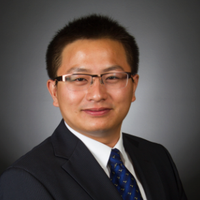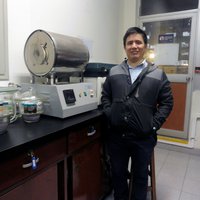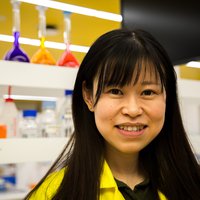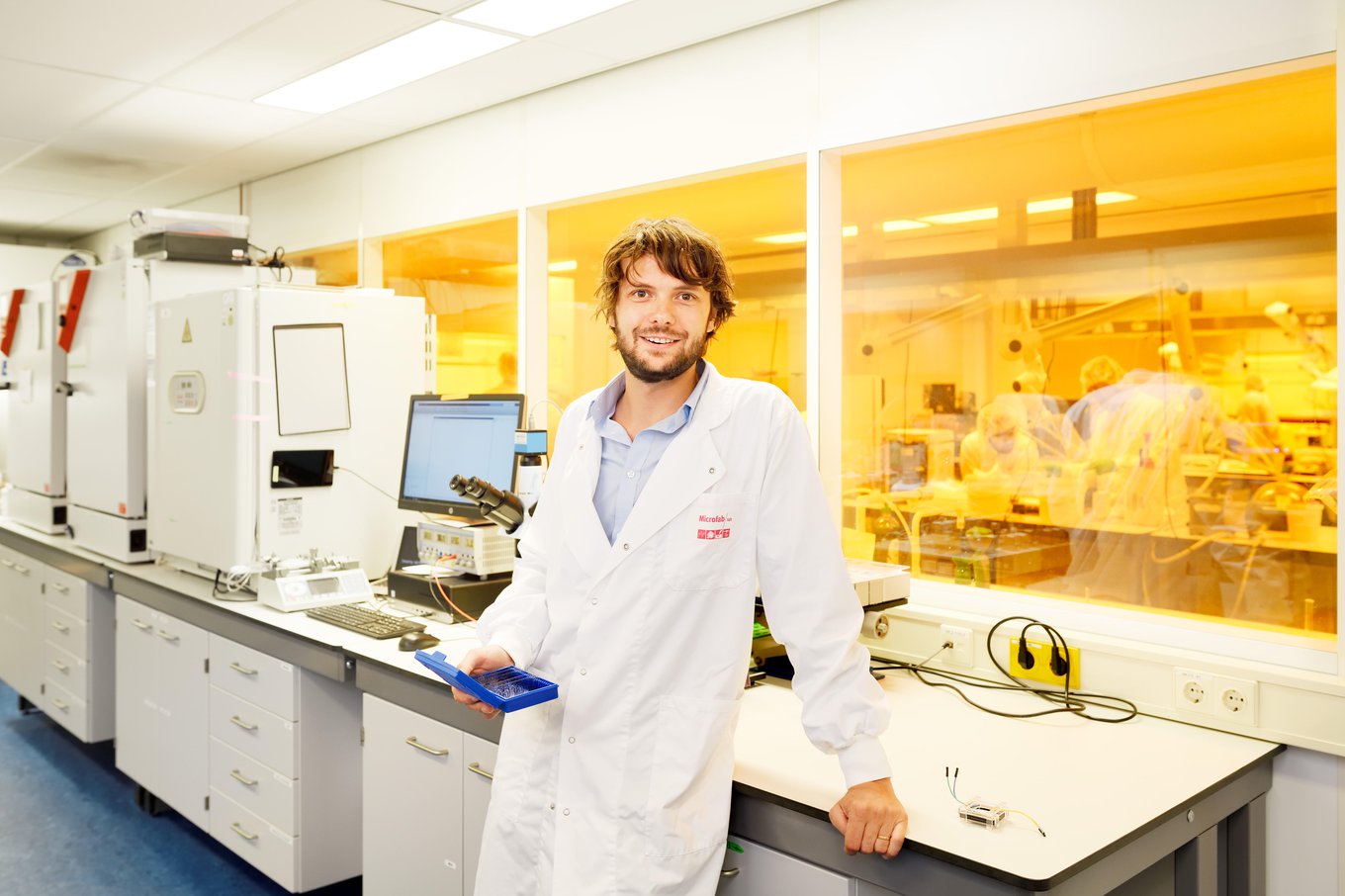The functioning of the human brain has inspired the creation of neural networks capable of translating languages, classifying images and facilitating autonomous driving, among many other applications. These computational models also open up a range of possibilities in the medical sector, as they could improve our understanding of the emergence and evolution of diseases such as cancer. The algorithms with which these networks operate, however, require an enormous amount of computational resources associated with high energy consumption.
The brain is much more efficient. It acts with a network of neurons that communicate with each other through synapses, that is, through the transmission of electrical impulses between them. In order to imitate these biological synapses and approach the energy efficiency of the brain, devices called memristors have emerged. In them, the algorithms of a neural network, which are traditionally implemented in software, are directly integrated into hardware, on a chip that emulates, not only the function, but also the efficiency of the brain. This is what the researcher Yoeri van de Burgt tries to take advantage of in his BIOMORPHIC project, which aims to apply these technologies in the monitoring of cancer metastasis and the guiding of effective and personalized cancer treatments. Thanks to this technology he has become one of the winners of Innovators Under 35 Europe from MIT Technology Review.
Van de Burgt plans to couple sets of these artificial synapses built into a chip with microfluidic sensors. These sensors are small plates with tiny channels (just the width of a hair) through which the fluid to be analyzed circulates. This can be seen in a blood sample from a patient suspected of having cancer. Thanks to the ability to identify patterns by the neuronal networks integrated into the chip, it would be easier to detect the tumor cells present in the blood that circulate through the microfluidic channels and distinguish them from normal blood cells. "The idea is to combine information from different sensors in a single system," van de Burgt explains, adding that the goal is to classify cancer cells and thus help diagnose the state of the disease and monitor and guide its treatment.
Until now, accurately detecting these circulating tumor cells (CTCs) and isolating them has been difficult because their concentration in the blood is low and they can take on very variable shapes and sizes. However, thanks to the ability of neural networks to find patterns and classify input signals, van de Burgt's system could allow for a much more efficient CTC classification that would open up new possibilities for early cancer metastasis detection and monitoring.
The young innovator began developing his project in 2016 from the Eindhoven University of Technology, Netherlands), where he leads a research group in Neuromorphic Engineering. He recently received a Starting Grant from the European Research Council to fund the development of his system over the next five years. The young man details: "The project has just started and we still have to create chips with the sensors, but we hope to build the first biosensor within a year."
These sensors, created with cheap, biocompatible organic materials, would be an alternative to image-based tests and traditional biopsies, in which a tumor fragment has to be surgically removed from the patient's body and then analyzed. Obtaining CTCs from a blood sample "is a noninvasive method and could offer similar quality [to the results of traditional methods]," van de Burgt adds. The ultimate goal is to enable low-cost diagnosis and function as a first check before performing tests that need more resources.
José Rivera, Professor of Biomedical Sciences at Universidad Europea, Spain, and member of the Innovators Under 35 Europe 2019 jury, assures that van de Burgt "is totally focused on research in the field of bioengineering through the combination of artificial intelligence and biosensors," and highlights "the ingenuity, audacity, and ability to communicate" of the young innovator.
By Alba Casilda
Translation: Brian Bostwick




